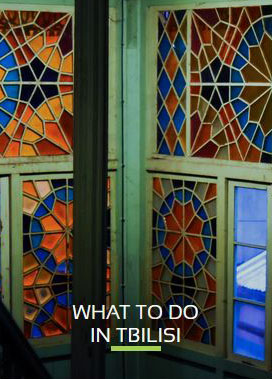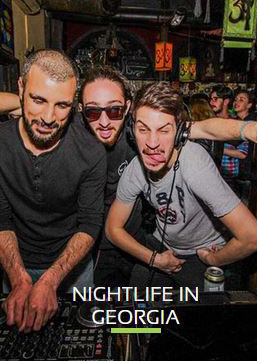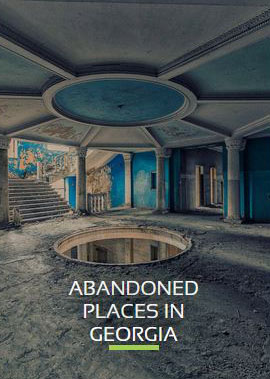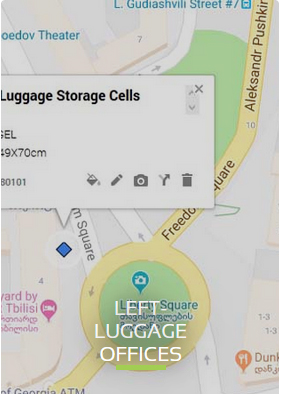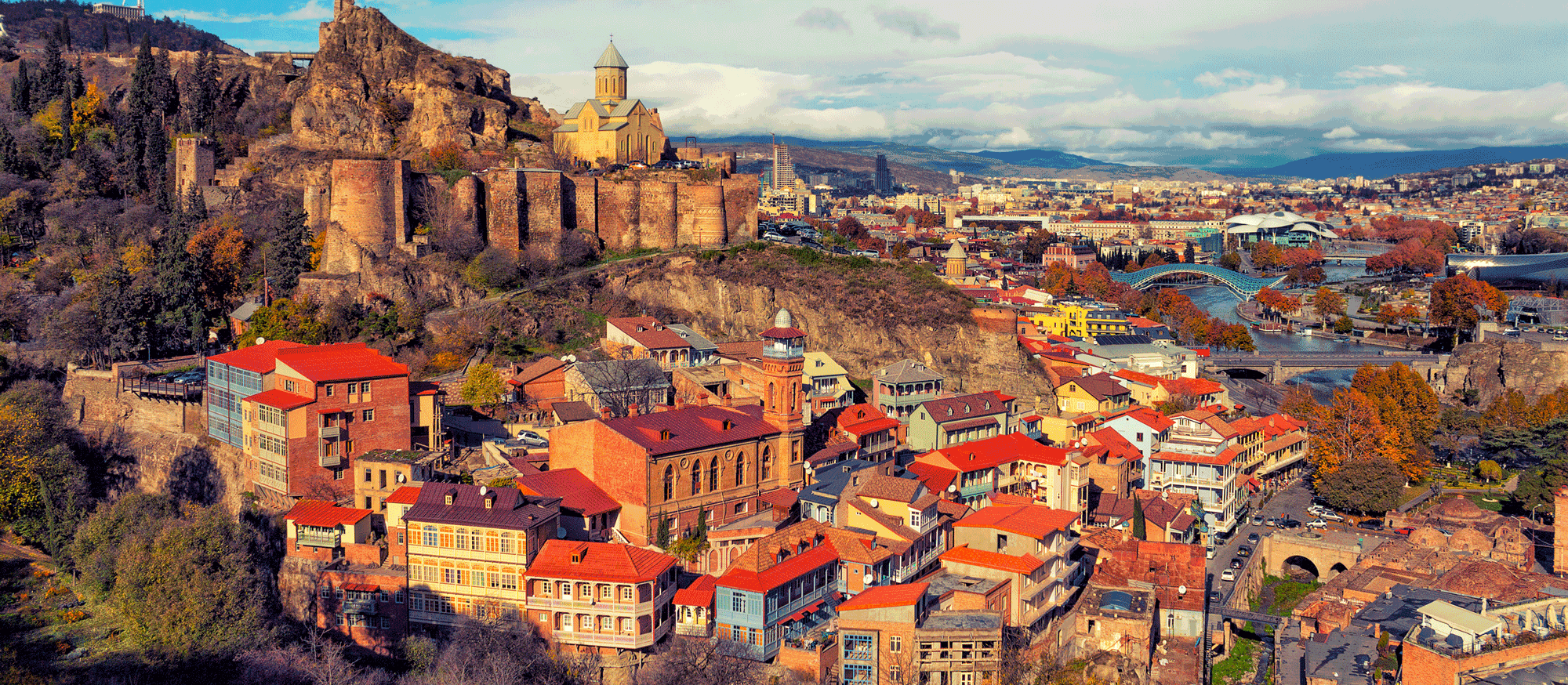
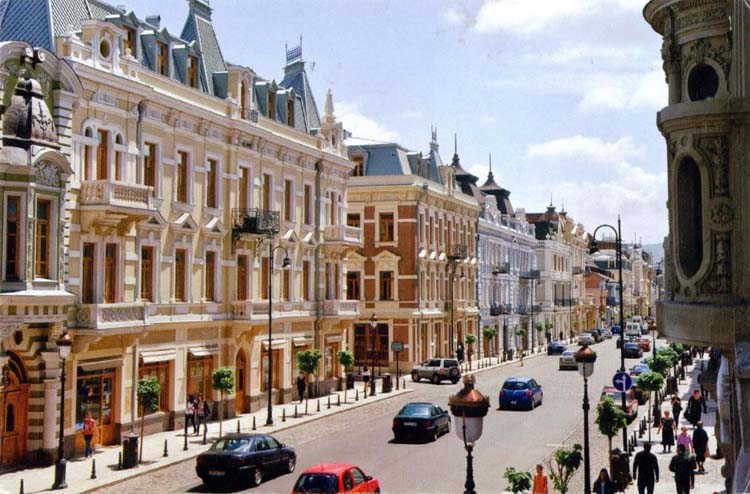
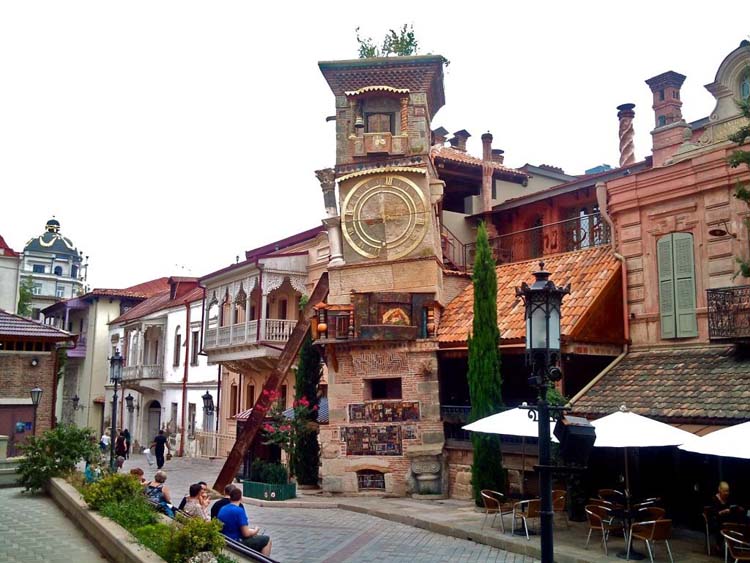
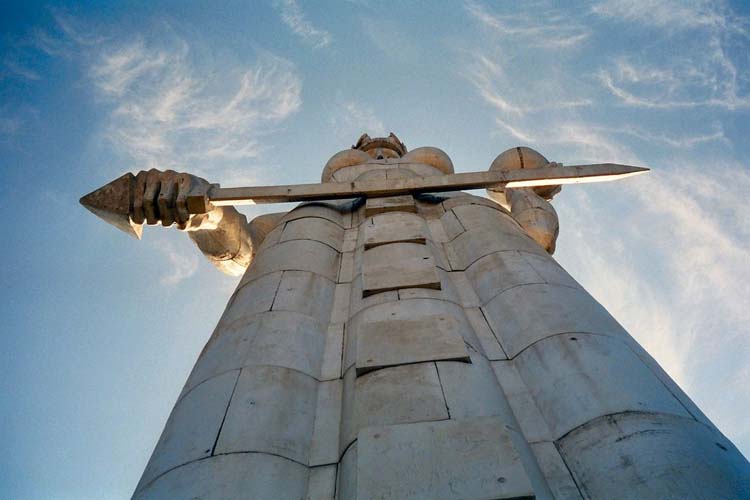
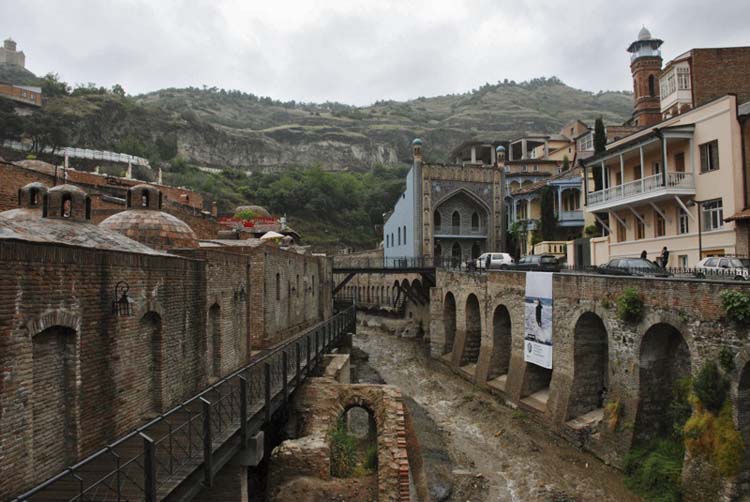
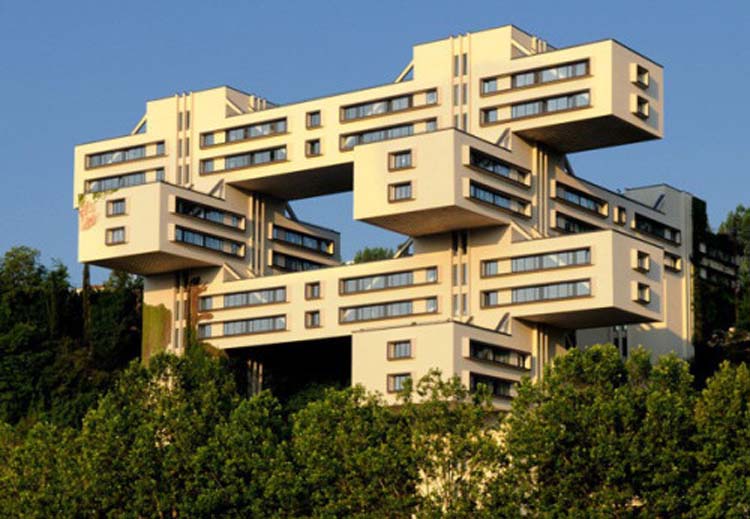
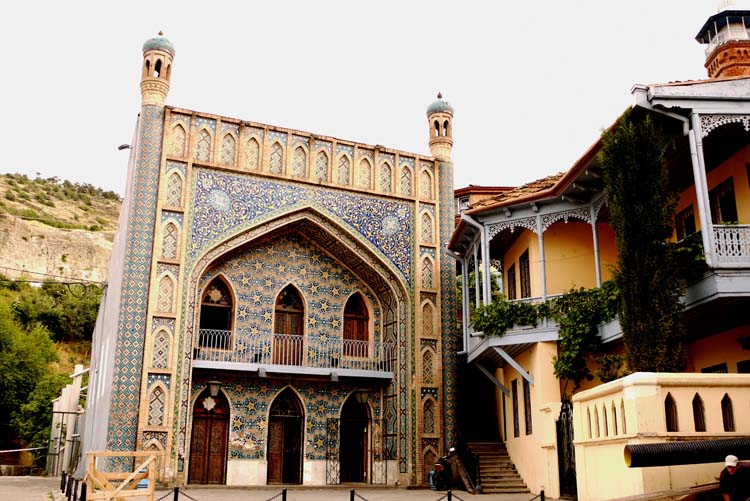
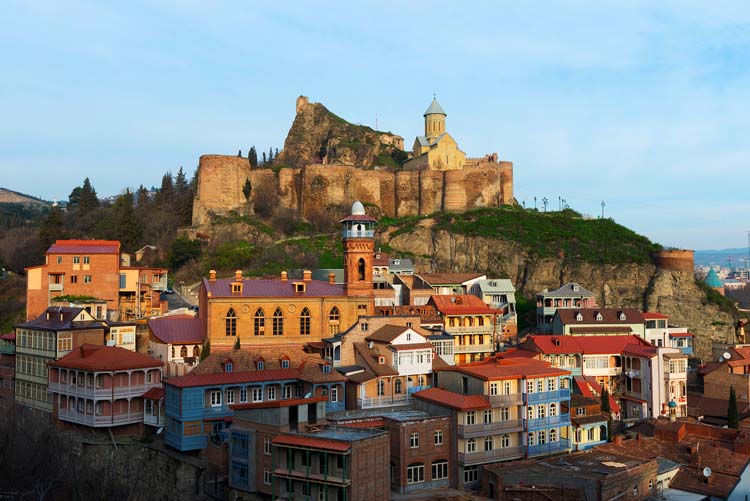
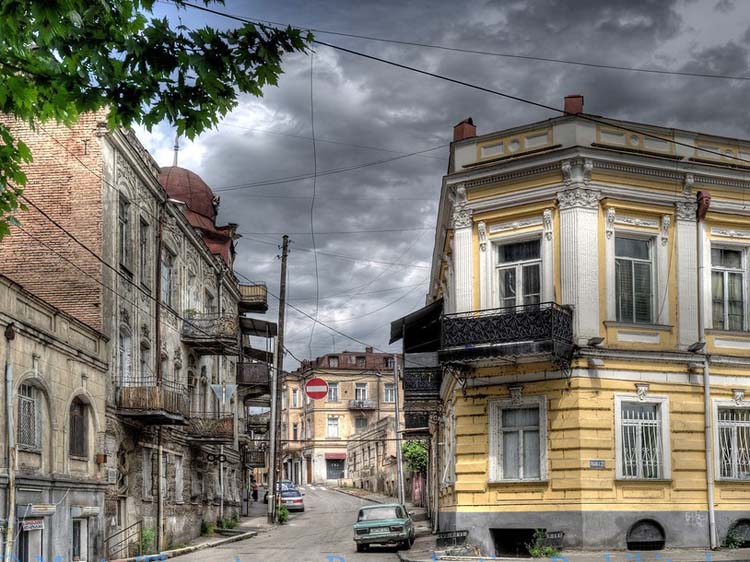
The Capital of Georgia
TBILISI
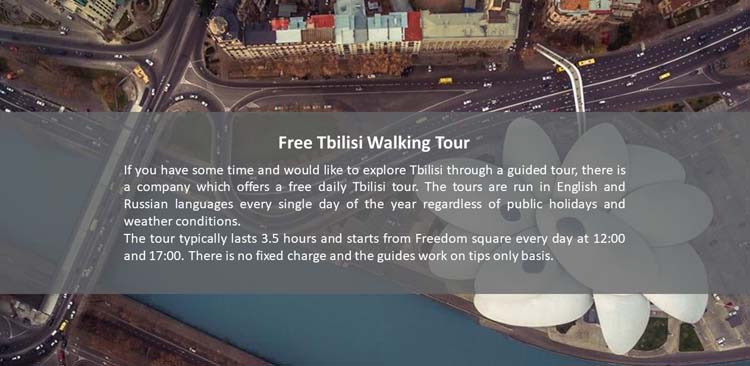
Tbilisi Walking Tour Contact Information:
ARCHITECTURE
NARIKALA FORTRESS
The initial fortress inside the gates was ruined after an explosion in year 1827. The current church was built in 20th century as a replica of Metekhi Church
METEKHI BRIDGE
The first bridge in town was built on place of Metekhi Bridge. The story connected with this bridge is pretty tragic: in 13th century when the city was devastated by Jalal ed Din, on this bridge a christian icon was placed and city population was requested to walk over the icon and renounce Сhristianity. Historians assume that approximately 100 000 inhabitants were decapitated and thrown into Mtkvari River after refusing to fulfill the request of invaders.
MOTHER OF GEORGIA (KARTLIS DEDA)
A statue of a woman holding sword in one hand and wine vessel in another was built in soviet times and symbolizes Georgian mother’s readiness to welcome guests (with wine) and fight the enemies (with sword)
METEKHI CHURCH
ABANOTUBANI (BATH DISTRICT)
Here you will find hot springs which defined the name and reason why Tbilisi was founded.
The sulphur water here is constantly 47 degrees and everyday approximately 3 million liters are surfaced. The domed bathhouses were built in 17-18 centuries. Tbilisi bathhouses were famous for centuries. Many famous people and writers have visited and mentioned them.
CARAVAN SARAY & SIONI CATHEDRAL
ANCHISKHATI CHURCH
Is the oldest church (6th century) in Tbilisi and the best example of ancient architecture as a three naved basilica
RUSTAVELI AVENUE
Rustaveli is the main street of Tbilisi. Shota Rustaveli after whom the street is named is famous and most favorite Georgian poet, author of a poem “Knight in Tiger's Skin”. The street stretches from Freedom square (square with tall, golden Saint George statue) to Metro Station Rustaveli. Here you should pay attention to former parliament building (now it has moved to Kutaisi), N1 school, Rustaveli Theatre, Opera house.
SAMEBA CATHEDRAL
Is the tallest cathedral in Georgia, was built in 2004 and is currently the most important church in the country.
MUSEUMS
The Museum of Georgia (Georgian National Museum)
The museum houses collection of archaeological treasury – local and imported ancient objects, which date back from the 3rd millennium BC. Visitors can also enjoy two permanent exhibitions: 1- describing natural history of Caucasus 2 - Georgia’s Soviet Occupation exhibition.
The Natural History Exhibition is open on Tuesdays and Fridays from 10 am to 4 pm.
Location: 1, L. Gudiashvili St., Tbilisi
Official website: museum.ge
OTHER PLACES TO VISIT
- The Bridge of Peace and Rike Park in the old town
THINGS TO DO
- Cross the Bridge of peace
ARTICLES & VIDEOS
- National Geographic: Places You Need to Visit in 2018[Tbilisi N3] (2018)
- National Geographic:Why Tbilisi's One of My Favorite Cities in the World (2016)
- CNN -Metropolises on the up: 7 design-savvy cities to watch in 2018


 ქართული
ქართული
 Русский
Русский

